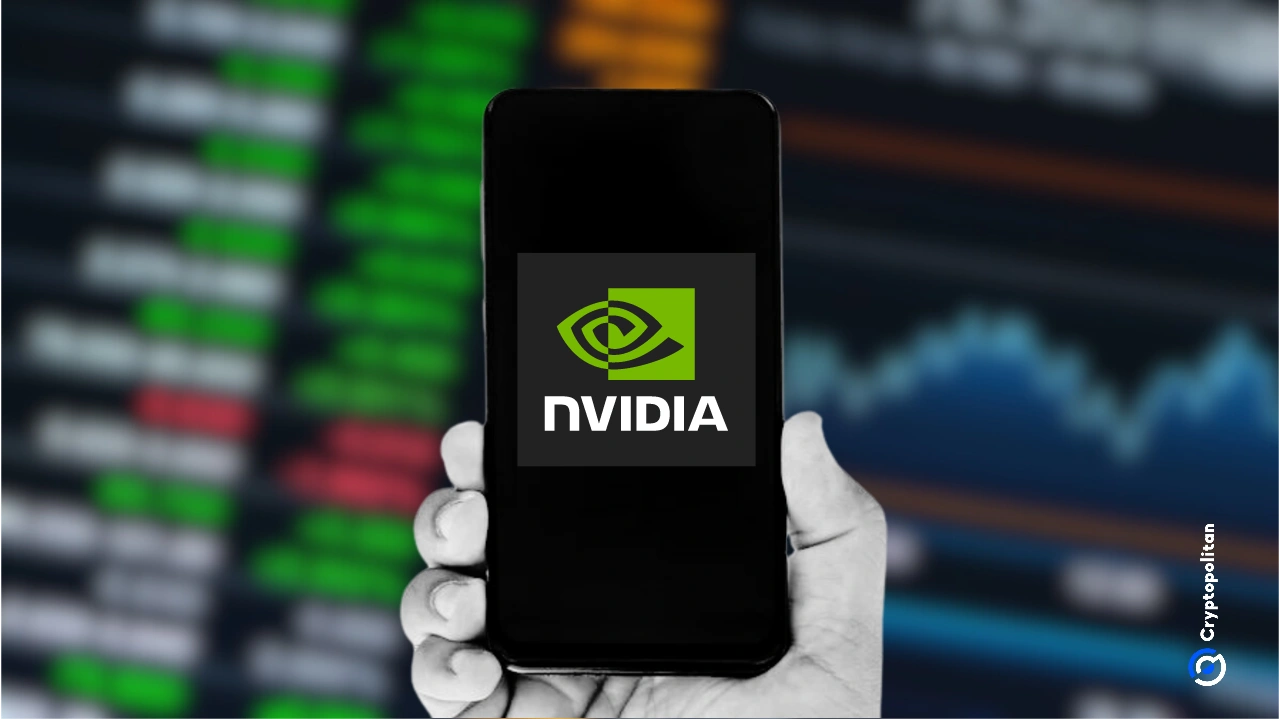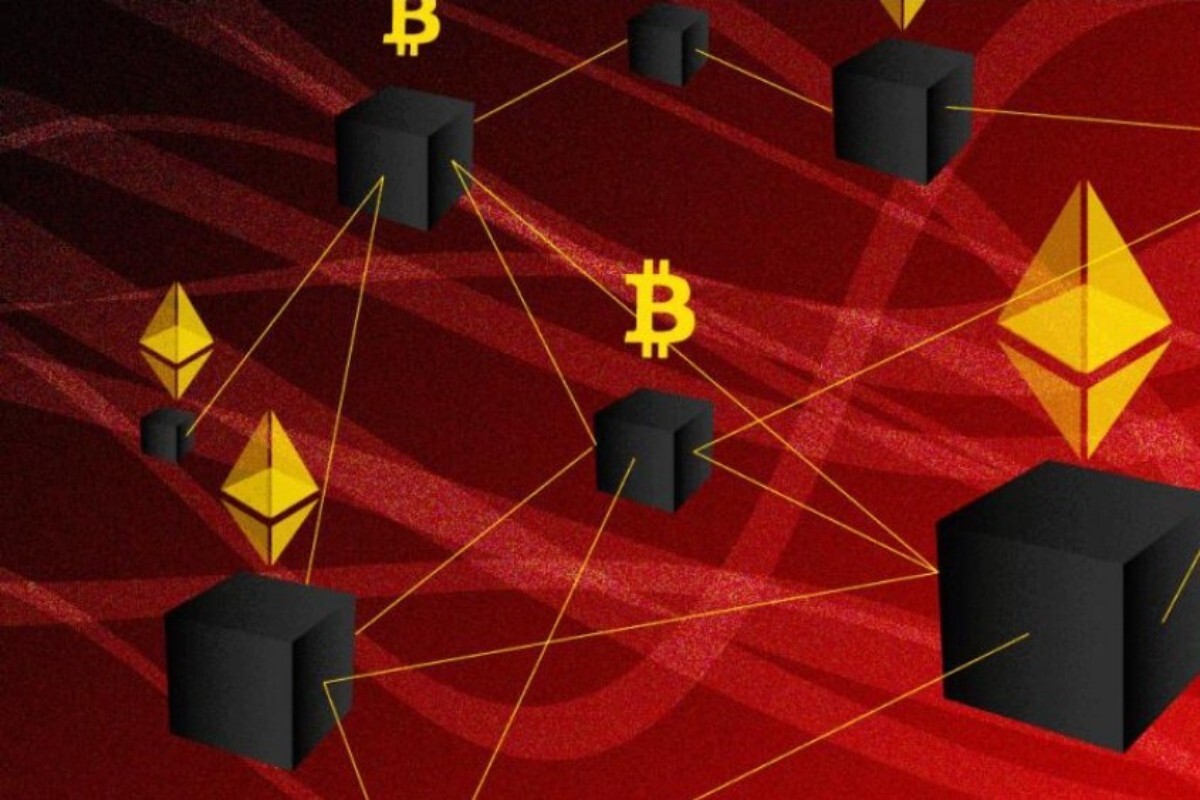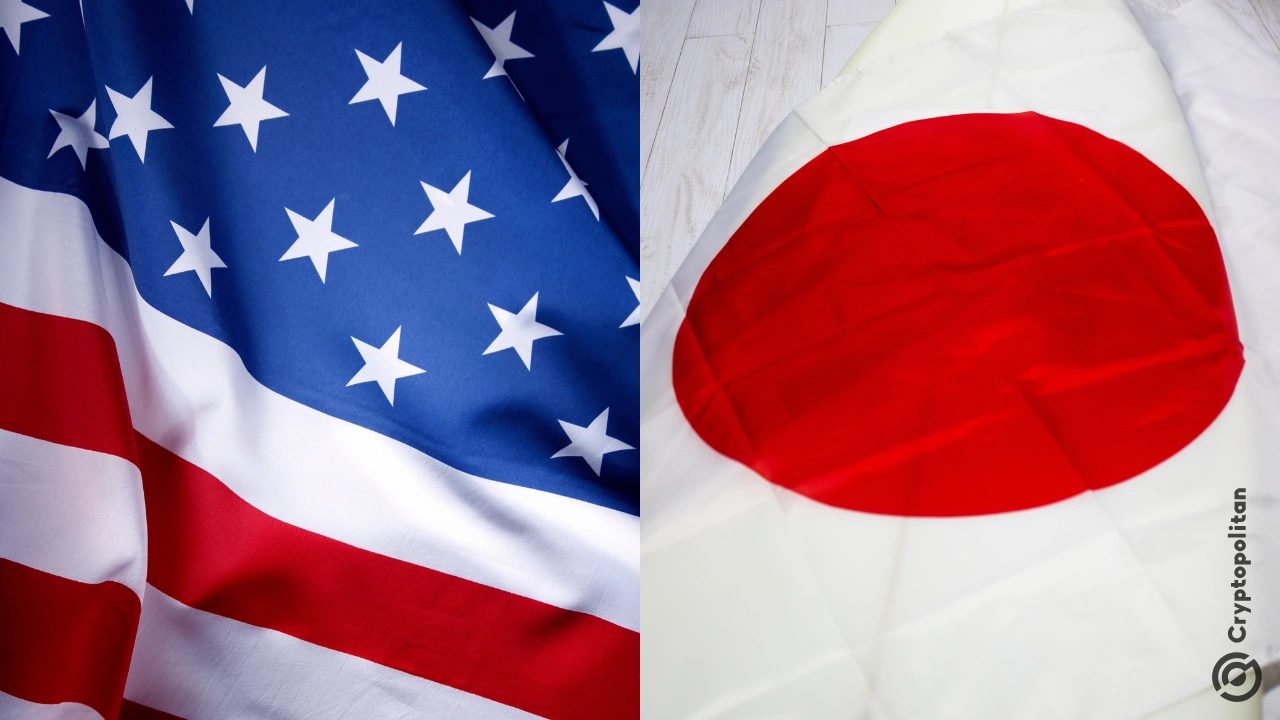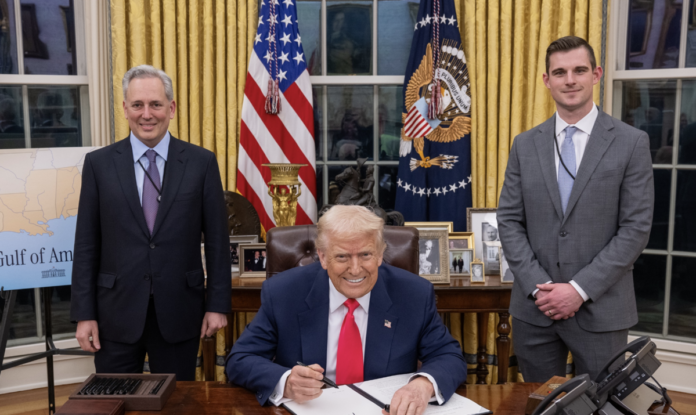Nvidia continues to dominate the headlines as investors remain laser-focused on the chipmaker’s role in the artificial intelligence boom, even as fresh concerns about U.S.-China tariffs cloud the broader semiconductor outlook.
In a new note to clients, Redburn Atlantic analysts acknowledged the geopolitical headwinds but maintained a favorable stance on Nvidia’s long-term prospects.
The investment firm maintains a buy rating on the AI chip giant and identified Nvidia as a top pick once the current market volatility eases.
Redburn and Wall Street stay bullish on Nvidia despite tariff threats
Redburn Atlantic set a price target of $178, representing nearly 61% upside from Monday’s closing price. Analysts anticipate that companies will likely express caution regarding macroeconomic conditions and possible weakening in demand. Still, they believe investments in cutting-edge AI and chipmaking will likely remain resilient.
Morgan Stanley shares the same sentiments as Redburn Atlantic, even as Trump doubled down on his tariff threats on China and caused the historic sell-off in stocks to accelerate.
Still, Redburn warned that escalating trade tensions between Washington and Beijing—particularly over chip exports—could spark investor nervousness and weigh on sentiment in the short term.
Nvidia shares have faced downward pressure in recent months, falling more than 20% over the past two months, as investor concerns over President Donald Trump’s tariff policy continue to grow.
Although the Trump administration temporarily exempted semiconductors—along with smartphones, computers, and other tech-related products—from its proposed “reciprocal” tariffs, officials later signaled that these exemptions may soon be partially or fully rolled back.
According to Redburn Atlantic analyst Timm Schulze-Melander, a potential deceleration in AI innovation poses a greater risk to Nvidia’s growth trajectory than a general slowdown in the U.S. economy. This is because any stagnation in AI advancements could hinder the recovery in global PC and handset markets, representing around 35% of global semiconductor demand.
Such a development could negatively impact investment in accelerated computing, creating ripple effects throughout the semiconductor supply chain—from DRAM and GPUs to CPUs and networking chips.
However, strategically critical areas such as data center modernization are expected to be more insulated from broader industry cuts, offering some resilience for Nvidia and its peers.
Despite recent volatility, sentiment on Wall Street remains largely optimistic. Out of 63 analysts tracked by LSEG, 57 have a strong buy or buy rating on the name per LSEG. Only six have stepped to the sidelines with a neutral stance. Nvidia also has an average target of roughly $169, which implies more than 53% upside going forward.
Nvidia takes bold steps to manufacture AI supercomputers in the U.S.
Nvidia has recently revealed plans to begin manufacturing its AI supercomputers entirely in the United States — a first for the company.
This will bring together a network of manufacturing partners to build, package, test, and assemble Nvidia’s next-generation Blackwell systems in U.S. factories.
Production of Blackwell chips has already begun at the TSMC fabrication facility in Phoenix, Arizona. Supercomputer assembly will be carried out in Texas, with Foxconn building out capacity in Houston and Wistron in Dallas.
Meanwhile, Amkor and SPIL are managing packaging and testing, both of which are scaling up their Arizona facilities. Full-scale production will ramp up within the next 12 to 15 months.
Nvidia has secured over a million square feet of manufacturing space. The company estimates the initiative could deliver up to $500 billion of AI infrastructure in the U.S. over the next four years. This projection is based on cumulative output value across its domestic supply chain.
Central to this effort is TSMC, the Taiwan-based semiconductor giant responsible for producing many of the world’s most advanced chips. Using TSMC’s U.S.-based labs, Nvidia reduces exposure to geopolitical risk and import tariffs while aligning with incentives under the CHIPS and Science Act.
Cryptopolitan Academy: Want to grow your money in 2025? Learn how to do it with DeFi in our upcoming webclass. Save Your Spot
















No comments yet